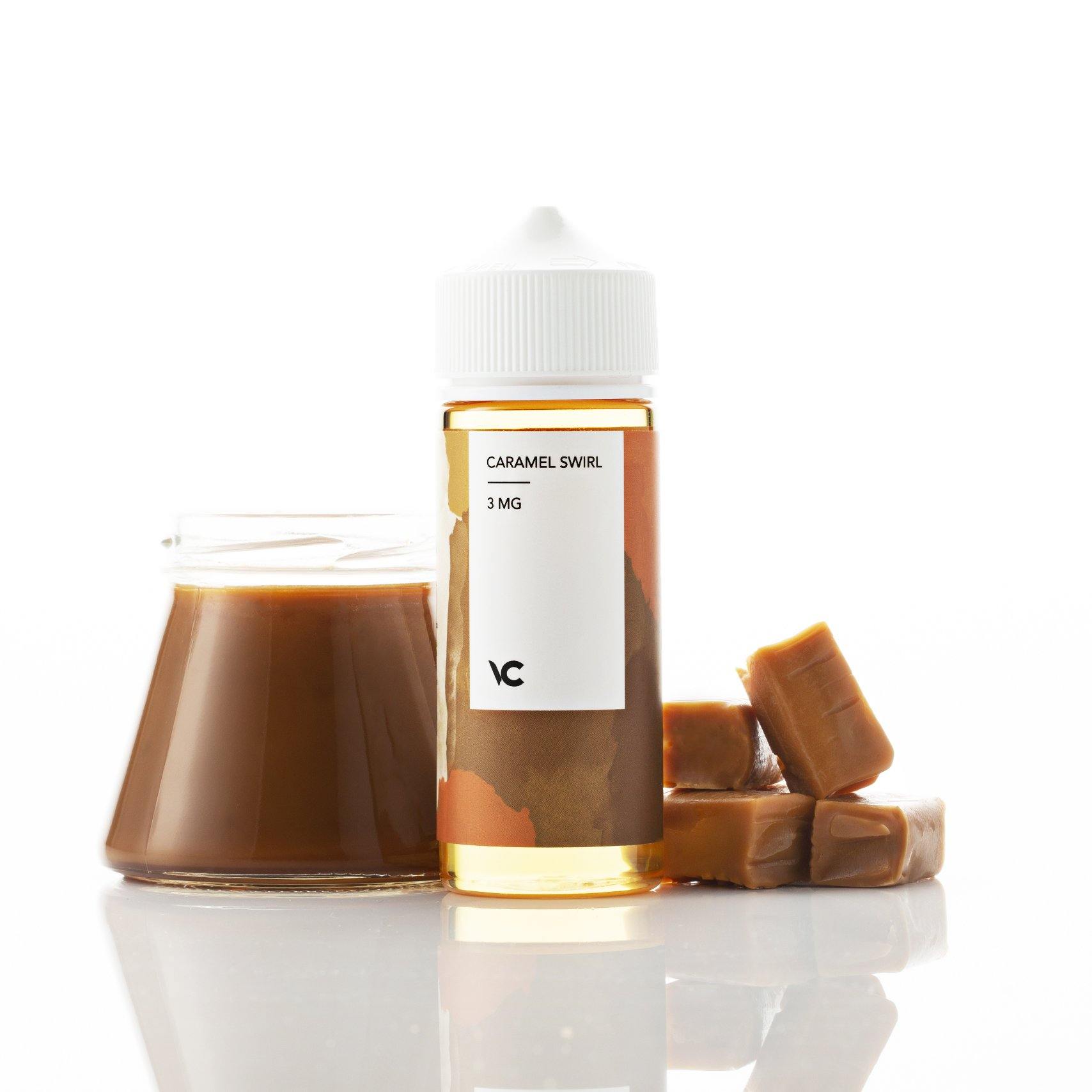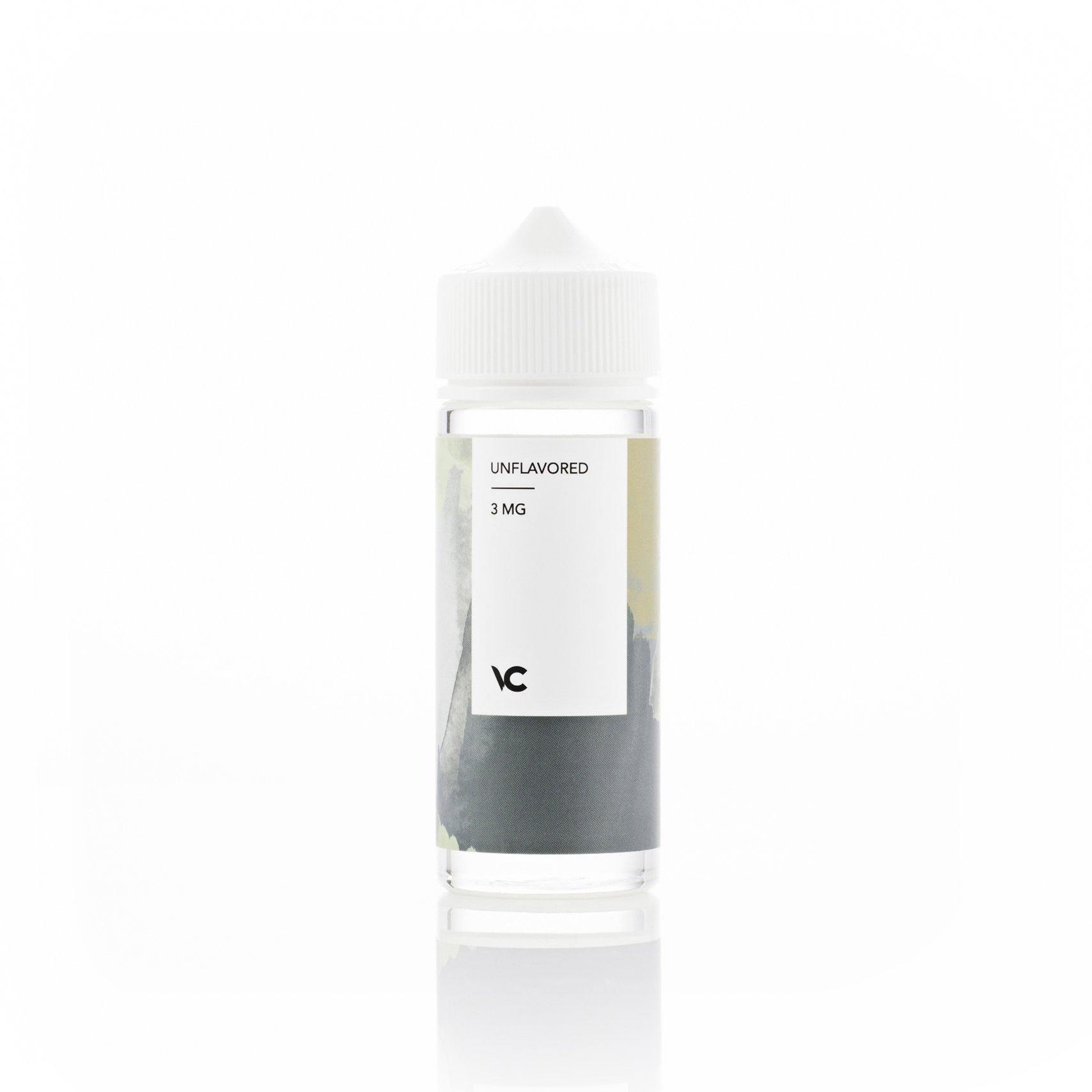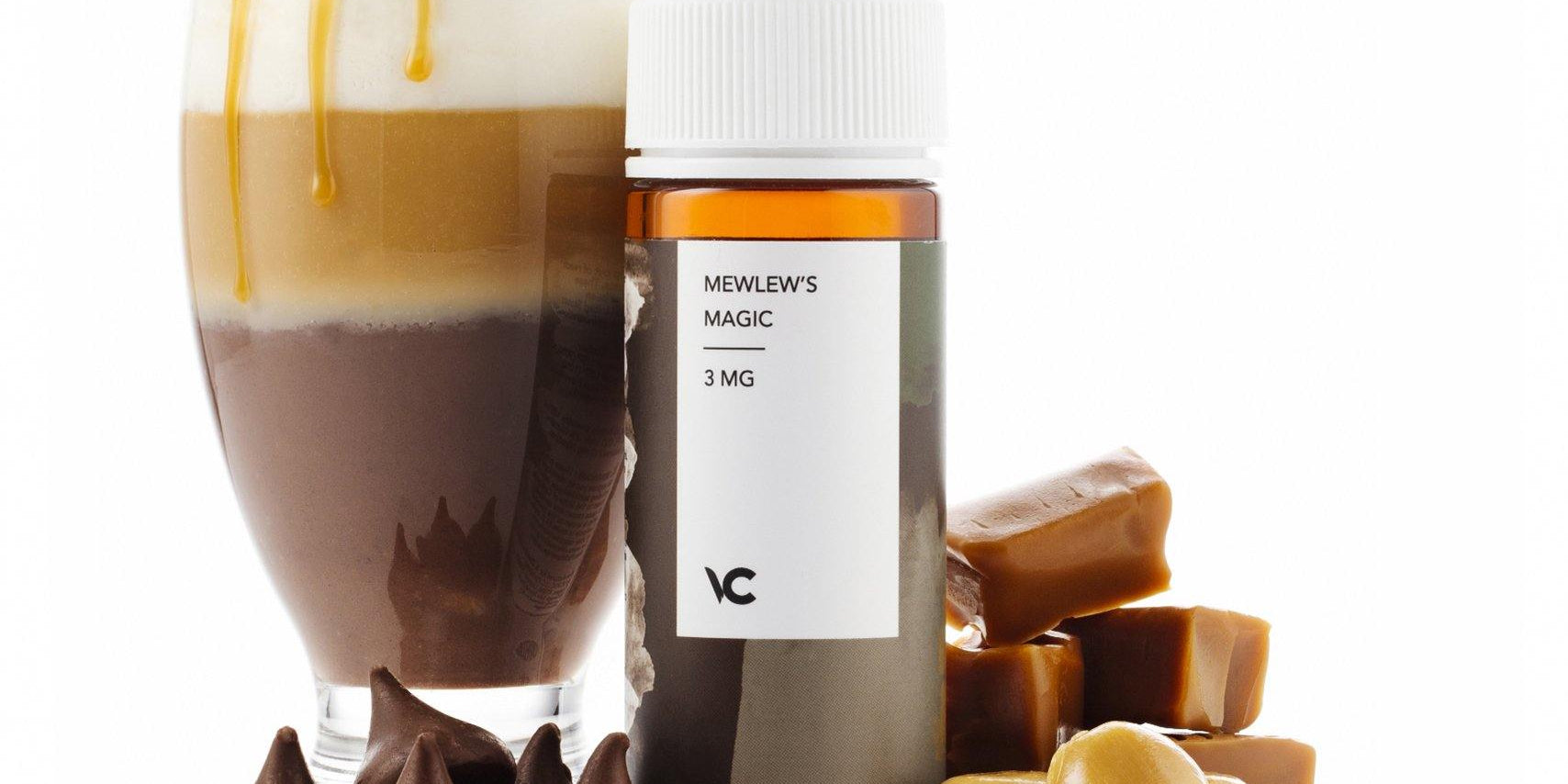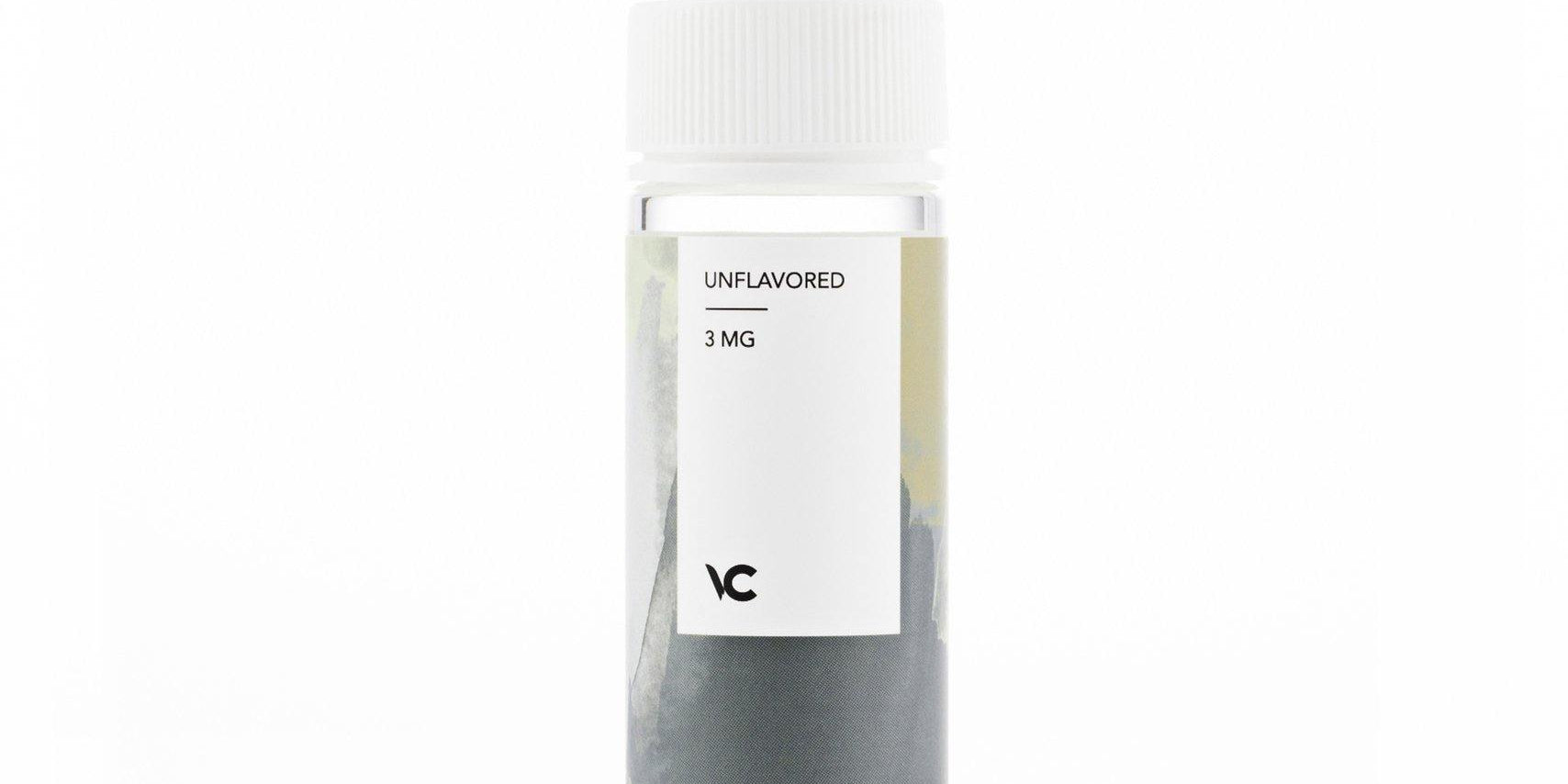Traveling with a vape—especially one that contains nicotine—can feel a little confusing. You’re juggling TSA rules, airline policies, liquid limits, battery restrictions, and sometimes even foreign laws. If you’ve ever packed your vape gear and asked yourself, "Can I bring this on the plane?"—you’re not alone.
For many vapers, especially those who rely on nicotine as part of a smoking cessation journey, being separated from their device mid-flight can be more than just an inconvenience. That’s why it’s essential to know exactly what’s allowed, what isn’t, and how to plan.
Here’s the short answer: Yes, you can bring a nicotine vape on a plane—but you need to follow a few important rules to stay compliant, safe, and stress-free.
Airport Security & TSA Rules
Let’s start with what the TSA (Transportation Security Administration) says.
Vapes, e-cigarettes, and any electronic nicotine delivery systems must be carried in your carry-on bag or on your person. These devices are not allowed in checked luggage due to fire hazards associated with lithium-ion batteries.
Here’s the breakdown:
-
Carry-on only: Your vape device, batteries, and nicotine e-liquids must be placed in your carry-on bag.
-
No checked bags: Lithium batteries pose a risk of combustion if they malfunction. That’s why all electronic devices with rechargeable batteries need to stay in the cabin.
-
Battery guidelines: The TSA allows lithium-ion batteries with a capacity of under 100 watt-hours. Most vape mods fall safely within this range, but double-check your device specs.
-
E-liquid limits: Any e-liquid bottles in your carry-on must be 100 mL or smaller and must be packed inside a clear, resealable quart-sized bag, along with your other liquids.
Following these simple rules helps you breeze through security without surprises—or worse, having your belongings confiscated.
How to Pack Your Vape for a Flight?
Good travel starts with good preparation. Whether you’re bringing a small pod device or a larger mod, here are some tips to pack your vape gear safely and efficiently.
-
Turn off your device: Power it down completely to prevent accidental activation during your flight.
-
Remove the batteries if possible: If your vape has a removable battery, take it out and store it in a battery case—never leave it in your bag or pocket. A short circuit is the last thing you want at 30,000 feet.
-
Store e-liquids carefully: Place bottles in your TSA-approved liquid bag and ensure they are 100 mL (3.4 oz) or less in volume. Choose leak-resistant bottles and keep them upright if possible.
-
Keep it handy: TSA may want to inspect your device at security, so store your gear somewhere easily accessible in your carry-on.
A little extra care now means less stress later.
Rules on the Plane & at Airports
This part is essential: You cannot vape on the plane—not in your seat, not in the bathroom, not even sneakily with a low-wattage pod device.
Airlines treat vaping the same way they treat smoking. Vaping mid-flight can trigger smoke detectors, set off alarms, and result in fines or legal trouble. Some airports also have policies that prohibit vaping anywhere indoors, even after you land.
However, some airports still have designated smoking or vaping lounges, especially in international terminals. If you have a long layover, do a quick search beforehand to see if your airport offers one. And always follow posted signs—airport rules can vary widely.
International Laws & Destination Rules
Here’s where things get tricky.
Even if you’re allowed to carry your vape through security and on the plane, your destination may have different laws altogether. Several countries ban or severely restrict the use, sale, or import of vape devices, including those with nicotine.
Some countries to watch out for:
-
Singapore: Total ban. Possession or use can result in hefty fines.
-
Thailand: Strict laws, including jail time for possession.
-
Qatar, India, Brazil, and Argentina: Vaping is illegal or heavily restricted.
Before your trip, always check:
-
The laws of the country you’re traveling to (and any layovers)
-
The airline’s specific policy on batteries and devices
-
Whether you’re allowed to bring nicotine products across the border
Don’t assume every place treats vaping like the U.S. does—do your homework to avoid serious consequences.
Alternatives for Nicotine on Flights
Let’s say you’ve got a long-haul flight ahead of you, and you’re wondering how to manage cravings when you can’t vape. There are a few TSA-friendly alternatives:
-
Nicotine gum
-
Nicotine patches
-
Nicotine lozenges
All of these are allowed in both your carry-on and checked baggage. They’re discreet, effective, and help you avoid uncomfortable withdrawal symptoms while you’re in the air.
At Velvet Cloud, we also recommend:
-
Packing a small, travel-sized bottle of your favorite e-liquid (under 100 mL)
-
Bringing a backup device in case your main vape runs out of battery or malfunctions
-
Using low-maintenance pod systems when flying—they’re compact and easier to manage on the go.
Safety Tips from Velvet Cloud
As a company that cares deeply about both flavor and safety, Velvet Cloud encourages you to keep these best practices in mind:
-
Use protective cases for both devices and batteries. Never carry loose batteries in your pocket.
-
Seal e-liquids tightly: Pressure changes during flight can cause leaking. Use zip bags just in case.
-
Know airline-specific battery limits. Some airlines have stricter rules than TSA—check in advance.
-
Charge responsibly. Most airlines prohibit charging vape devices in-flight. Make sure your device is fully charged before boarding.
-
Keep backup gear. Especially if you’re traveling internationally. You may not be able to replace your setup once abroad.
Conclusion
So, can you bring a nicotine vape on a plane? Yes, you can, as long as you follow a few key rules:
-
Carry your vape and batteries in your carry-on, not your checked bag.
-
Never vape on the plane or inside airport terminals.
-
Check local laws at your destination, especially if you're traveling internationally.
-
Use safe packing practices to avoid spills, shorts, or confiscation.
At Velvet Cloud, we support thoughtful, responsible vaping—on the ground and in the air. Whether you're traveling for business or vacation, we want you to enjoy your experience without stress. With a bit of planning, your vape can accompany you safely and legally on the journey.





































